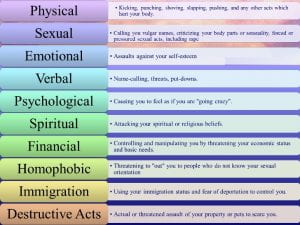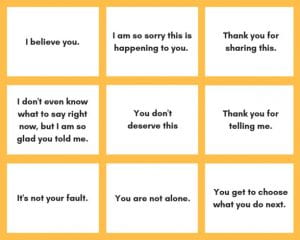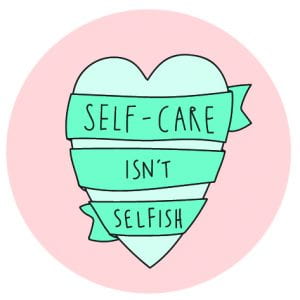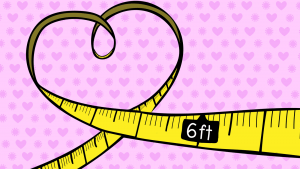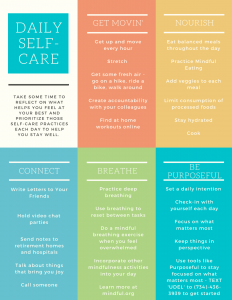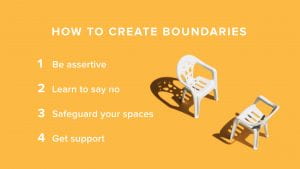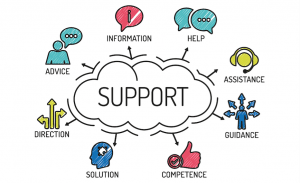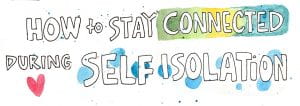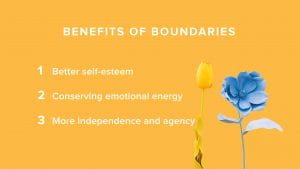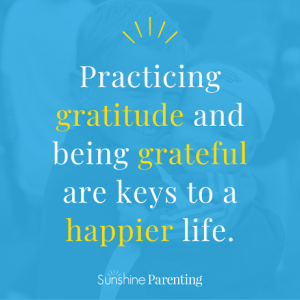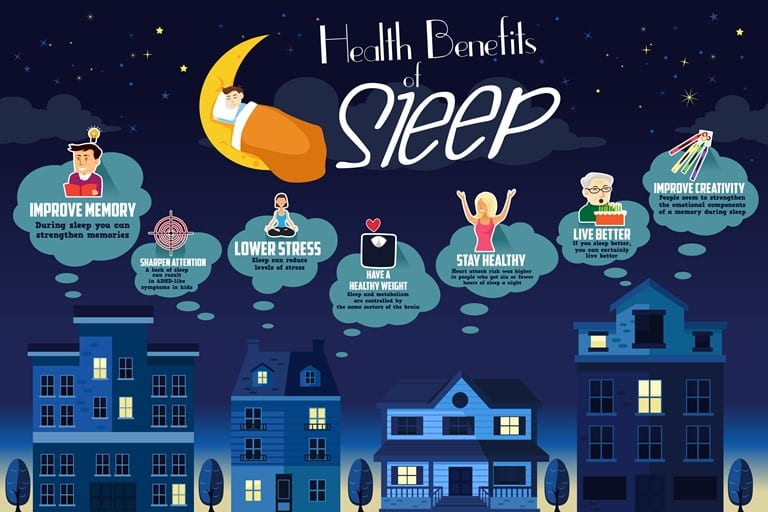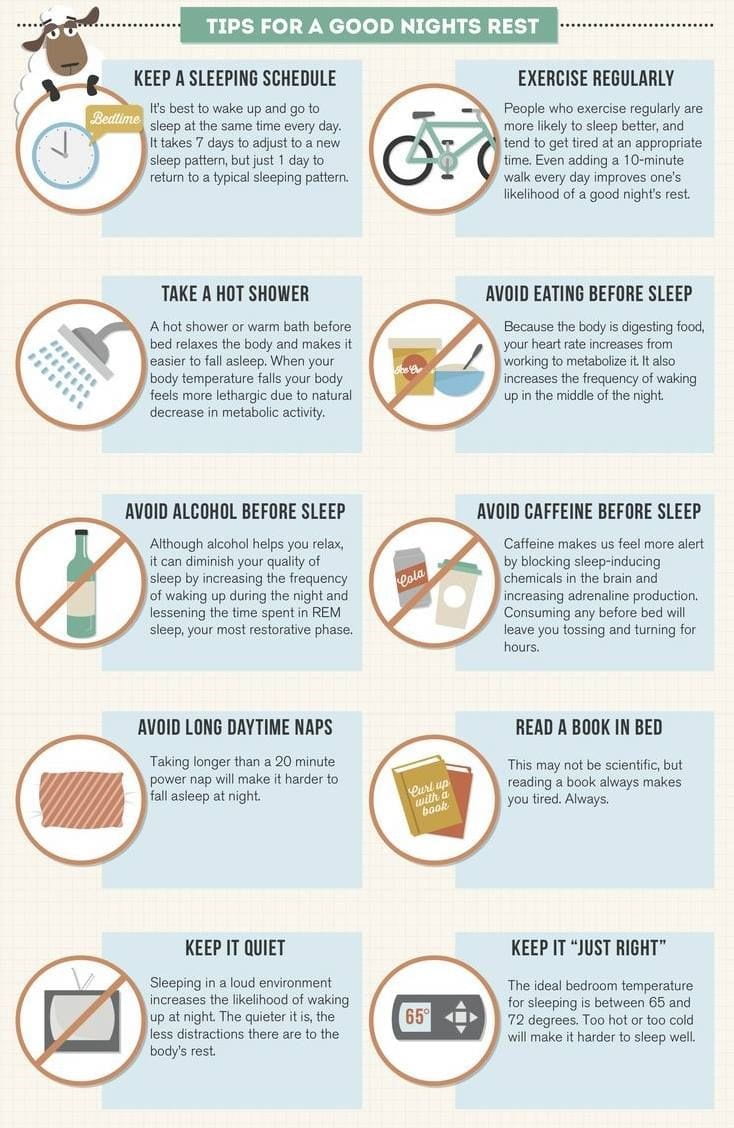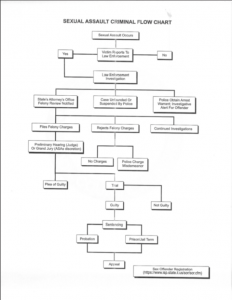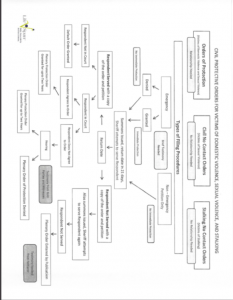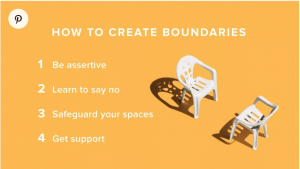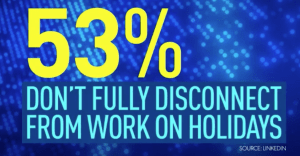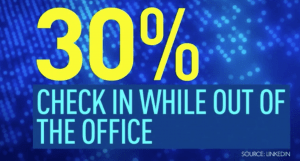How to Care for Yourself While Practicing Physical Distancing
Article Posted on Mental Health First Aid By Rubina Kapil on March 20, 2020
If you or someone you care about feels overwhelmed with emotions like sadness, depression or anxiety, or like you want to harm yourself or others call 911.
You can also contact the Substance Abuse and Mental Health Services Administration’s (SAMHSA) Disaster Distress Helpline at 800-985-5990, the National Suicide Prevention Lifeline at 800-273-8255 or text Mental Health First Aid (MHFA) to 741741 to talk to a Crisis Text Line counselor.
This is a stressful time for many. With the government and media sharing updates throughout the day and the fear of the unknown, it is understandable to feel overwhelmed, stressed and anxious. You are not alone. Millions of people across the country are facing the same worries and challenges that you are. During this time, it is important to remember that it’s OK to not be OK. It’s also important to take care of your mental health. While practicing physical distancing, there are easy self-care strategies that can help reduce feelings of depression and anxiety, or prevent anxiety before it even starts.
Use these tips from the MHFA curriculum to take care of your mental health while practicing physical distancing.
- Eat healthfully — Choose foods that help you feel energized and reduce your consumption of alcohol and other foods that make you feel tired or unwell.
- Exercise — Reduces symptoms of depression and anxiety, whether we’re working out at home or taking a solo jog around the neighborhood; add in movement to your daily activites.
- Practice relaxation therapy — Focusing on tensing and relaxing muscle groups can help you relax voluntarily when feeling overwhelmed, stressed or anxious. Practicing deep breathing techniques as well as mindfulness meditation can help you feel grounded and more present each day.
- Let light in — For some people, increased exposure to light can improve symptoms of depression. If you can, open the shades and let more sunlight in or get outside, this can dramatically improve your mood!
- Be kind to yourself — Treat yourself with the same compassion you would a friend. Our best every day may look a bit different and it is alway shelpful to take frequent breaks from work/school throughout the day. Be sure to fill your cup up frequently!
- Stay connected — Even if you can’t get together face-to-face, you can stay connected to friends, family and neighbors with phone calls, text messages, video chats and social media. If you’re feeling lonely, sad or anxious, reach out to your social support networks. Share what you are feeling and offer to listen to friends or family members about their feelings. We are all experiencing this scary and uncertain time together.
- Monitor media consumption — While you might want to stay up-to the minute with COVID-19 news, too much exposure can be overwhelming. Balance media consumption with other activities you enjoy, such as reading, cooking or listening to music.
Self-care doesn’t require you to go outside or spend a lot of money. Adding small changes to your routine can make a big difference to your overall mood and well-being.
Thank you for choosing to #BeTheDifference and remember to practice self-care.


